Portrait and Low Light Test of Sony A6300
PREFACE: This isn't a super technical piece, just some thoughts of using the Sony A6300 in real life settings. I'm not big on pixel peeping or needing the most sharp lens of all time, ever in the Universe. To give a little insight about myself: one of my favorite cameras to shoot with is a years-old digital compact, the 10.1 megapixel Panasonic Lumix DMC-LX7, which has limitations that make it merely a decent camera to shoot at night with (you can see photos I've taken with it HERE). In fact, most of my upcoming book ESOTERICA is shot with this little bad boy (it really is a great little camera).
For this post, I've included photos from a commercial portrait session and some street shots. Most of these pictures were made using the Sony 3.5-5.6 16-50mm kit lens while the portrait work was done with a Lensbaby Composer Pro equipped with a double optic lens attached via a f-mount to e-mount adapter from Vello. These photos have not been retouched or edited and come straight out of the camera.
Now that that's out of the way, let's get into this camera and why I felt it was time to jump into the Sony mirrorless world. I've been wanting a small, lightweight travel camera that I could use for studio, night time street photography, had a viewfinder, could shoot decent video and had fast autofocus. Until the announcement of the Sony A6300, there wasn't a camera that got me excited. I pre-ordered the camera, considering seriously that I might return it. So how did it do?
I don't know if it's because I haven't paid much attention to what's been released since the Nikon D800 but for me, the Sony A6300 had a game-changey quality about it. The number of settings in the menu, expanded metering and autofocus options was staggering. I've become so accustomed to the older Nikon cameras that looking at this thing was like, "Ok wtf do I do with this?" The custom buttons and focus lock are in awkward places but that comes with a camera that's smaller than the Fujifilm x100s that I recently sold. And maybe because my hands are big.
The real test would come from shooting with only ambient light in some of the darker corners of New Orleans, specifically the French Quarter. I was impressed by how it performed in low light conditions with mostly usable photos shot at 12,800 ISO with noticeable noise in the shadows.
Sony 3.5-5.6 16-50mm kit lens @16mm, f/3.5, 1/30th second, 12,800 ISO
The autofocus, when I thought I knew what I was doing nailed nearly every lighting scenario. The kit lens isn't my favorite but it did better than I thought it would.
Sony 3.5-5.6 16-50mm kit lens @17 mm, f/3.5, 1/125 second, 12,800 ISO
The retractable LCD screen on the back of the camera was hella fun to use as well. I'm usually a little shy when I'm doing street photography so being able to look down into the viewfinder made it so easy for me to shoot without being noticed. Huge plus.
Sony 3.5-5.6 16-50mm kit lens @50mm, f/5.6, 1/50th second, 6400 ISO
Sony 3.5-5.6 16-50mm kit lens @50mm, f/5.6, 1/50th second, 6400 ISO
Did I mention the autofocus?
Sony 3.5-5.6 16-50mm kit lens @16, f/3.5, 1/125th second, 12,800 ISO
The autofocus is probably the best I've used on any system but the manual focus peaking assist is effin' tops! It might actually be easier to use a manual lens on this camera in low light settings than an auto lens on most other cameras. Once you select this option, you can use various colors to indicate your focal distance so there's no hunting, you just follow the focus, use the manual assist to zoom in on your subject (although you don't have to) and click away. Just a note, it's kind of a pain to use on a zoom but easier on a prime.
I did find that if you're intending on using your DSLR lenses, that you have to use a faster shutter speed than before because it becomes very lens heavy. This camera is of durable material but it is lighter than the 24-70 DSLR zoom you may have lying around.
Lensbaby Composer Pro, Double Optic Lens, f/4, 1/400th second, ISO 100 on a F-mount to E-mount adapter by Vello
Oh and I forgot to mention that the autofocus system doesn't work when you have a lens adapter on but as I mentioned before, this isn't that big of a problem. I brought two cameras with me to the portrait session I did on Saturday: the Nikon D800 and the Sony A6300, just to try it out in this kind of setting. I ended up using the Sony A6300 for 1/3rd of the shoot. It was fun, light, allowed me various options and played well with my PocketWizards.
Lensbaby Composer Pro, Double Optic Lens, f/4, 1/400th second, ISO 100 on a F-mount to E-mount adapter by Vello
Yeah, this is a dope camera. I love it. I'll be bringing it along today for my portrait session with DJ Hektik so let's see how it does then. Thanks for reading.
Sony 3.5-5.6 16-50mm kit lens @16mm, f/3.5, 1/50th second, 6400 ISO








